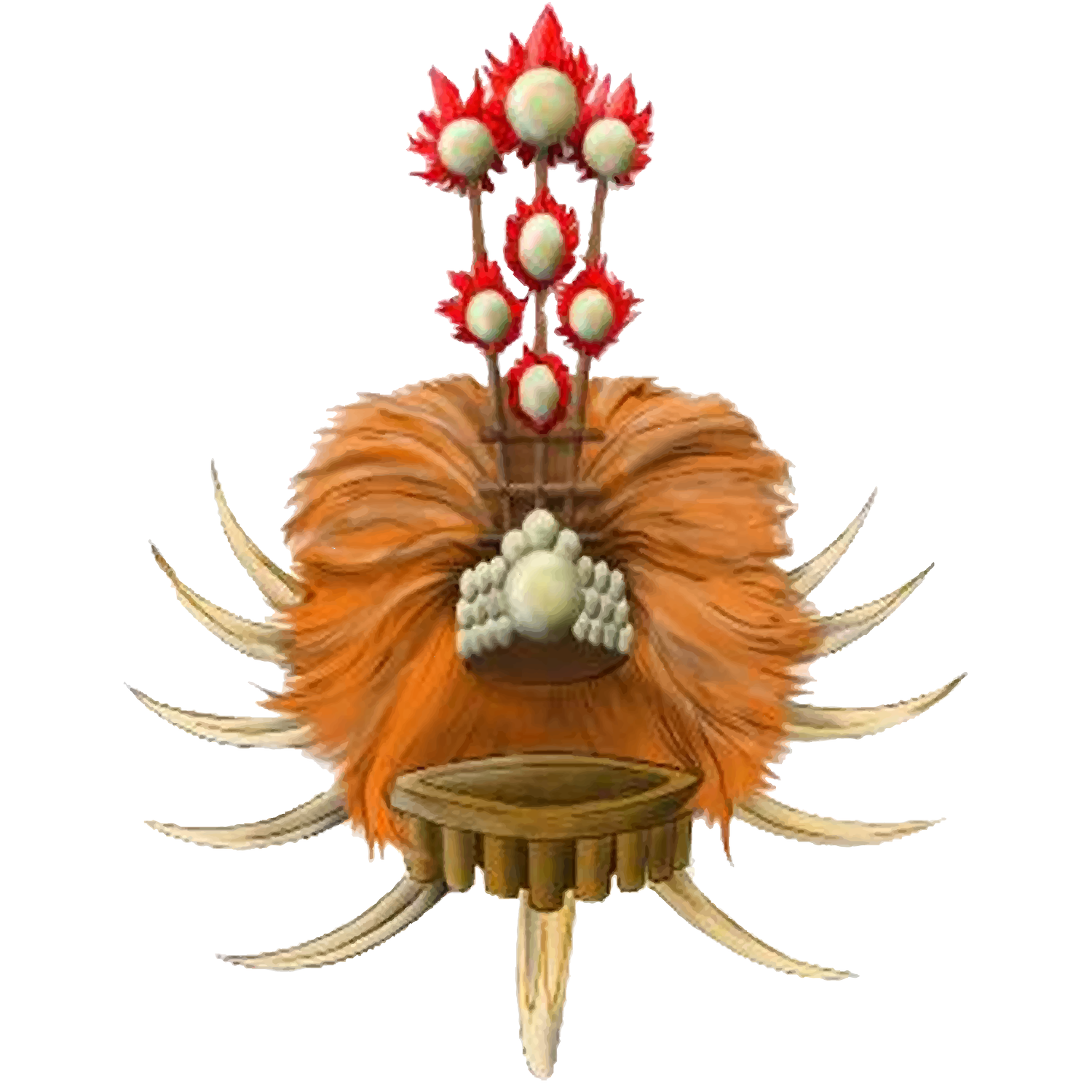about a’oloau
Aʻoloau is a village in the west of Tutuila Island, American Samoa. It is located inland, 5 miles (8 km) southwest of Pago Pago. It is also known as Aʻoloaufou, which means "New Aʻolou". An abandoned area in town by Aʻoloau Bay is known as Aʻoloautuai, which means "Old Aʻoloau". Aʻoloau's nickname is Nuu Puaolele which means the Fog Village.
The village is reached from a road near Shins Mart in the village of Pavaʻiaʻi. It sits inland, high on the central plain of Tutuila. It has an elevation of 1,340 ft (410 m). A hiking trail from Aʻoloaufou leads down to Aʻasu on Massacre Bay.
FUN FACTS
Aʻoloau, which is pronounced A-olo-au, translates as "to row with the sea current". Its origin traces to an open-sea experience of the ancestors. The word Aʻoloau emanates from the daily activity of boat-rowing in the open sea in order to sustain life and for transportation. Before major developments in the early 1940s, the village was located in the low-lying coastal areas on the north shores. This settlement is referred to as Aʻoloau Tuai (Old Aʻoloau).
HISTORY
Aʻoloau Tuai (Old Aʻoloau) is separated from the more populated villages on Tutuila's south coast, and transportation to and from the village was difficult. Ocean and land transportation were equally difficult due to the rugged terrain surrounding the village as well as the rough sea currents facing its forefront. The men of Aʻoloau Tuai were among the best fishermen on the island; however, after the village moved to the Mount Olotele mountaintop eighty years ago, they raised livestock and became skilled farmers. Since then, Aʻoloau farms have become reliable sources of food staples for Tutuila Island.
In the early 1940s, major changes happened throughout Tutuila as a result of World War II. Public roads were mapped and constructed, including the road to Aʻoloau. Village leaders took heed of this opportunity to make the move, which had been discussed for years. The move to the flat land on top of Mount Olotele was the best decision, particularly for the younger generations. By the end of the decade, most residents had moved to the mountaintop. It has become a tradition for villagers to visit their original settlement to share the village folklore and tales with the children.
MASSACRE BAY TRAIL
Aʻoloaufou is home to a hiking trail which leads to the village of Aasu. Aasu is a historic village where, on December 11, 1787, twelve men from the Lapérouse ships La Boussole and Astrolabe and 39 Samoans were killed in a battle. Aasu is a near-abandoned village which is home to just a few families. Aasu village has no road outlet, and can only be reached by hiking trails.
The trail from Aʻoloaufou takes off downhill just east of a colorful garden which was created by Department of Tourism. It is a 2.5-mile (4.0 km) trail which leads to the beach and monument in Aasu. The trail down is mostly made of volcanic clay which may be muddy, waxy and treacherous when wet. It is possible to camp at Aasu village before returning to Aʻoloaufou. Other trails in Aʻoloaufou includes a trail to the abandoned village of Aʻoloautuai, as well as another trail leading down the ridge to the village of Fagamalo

